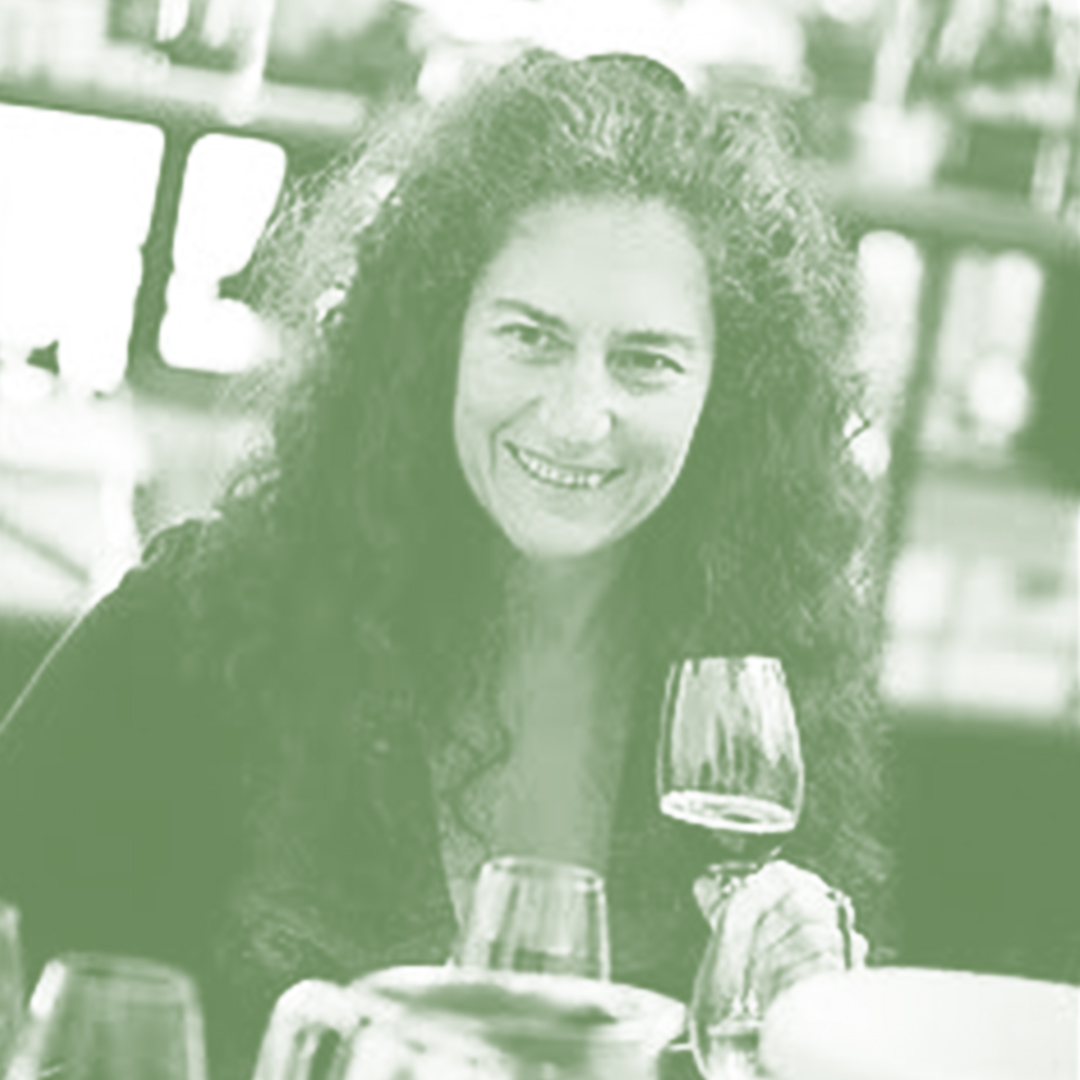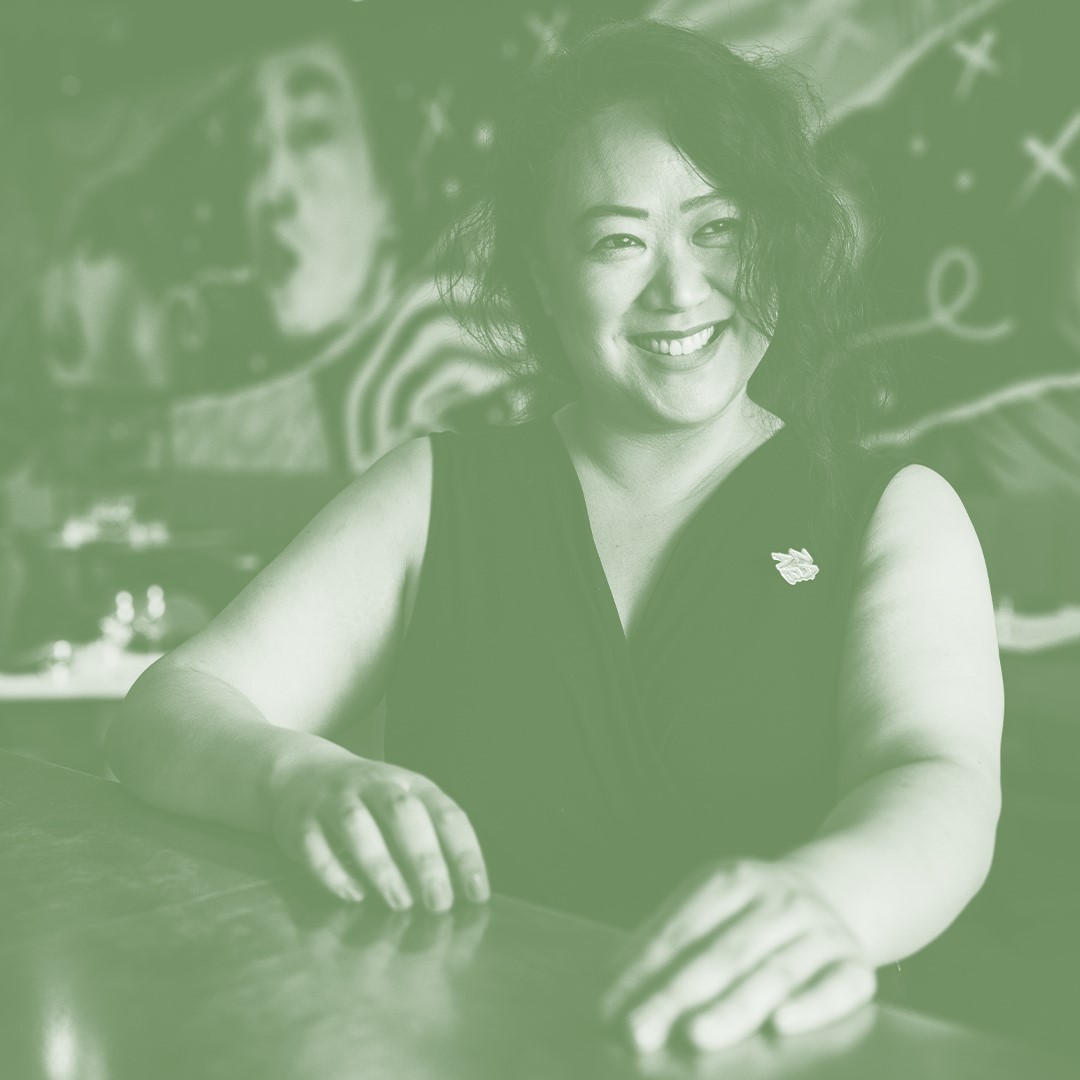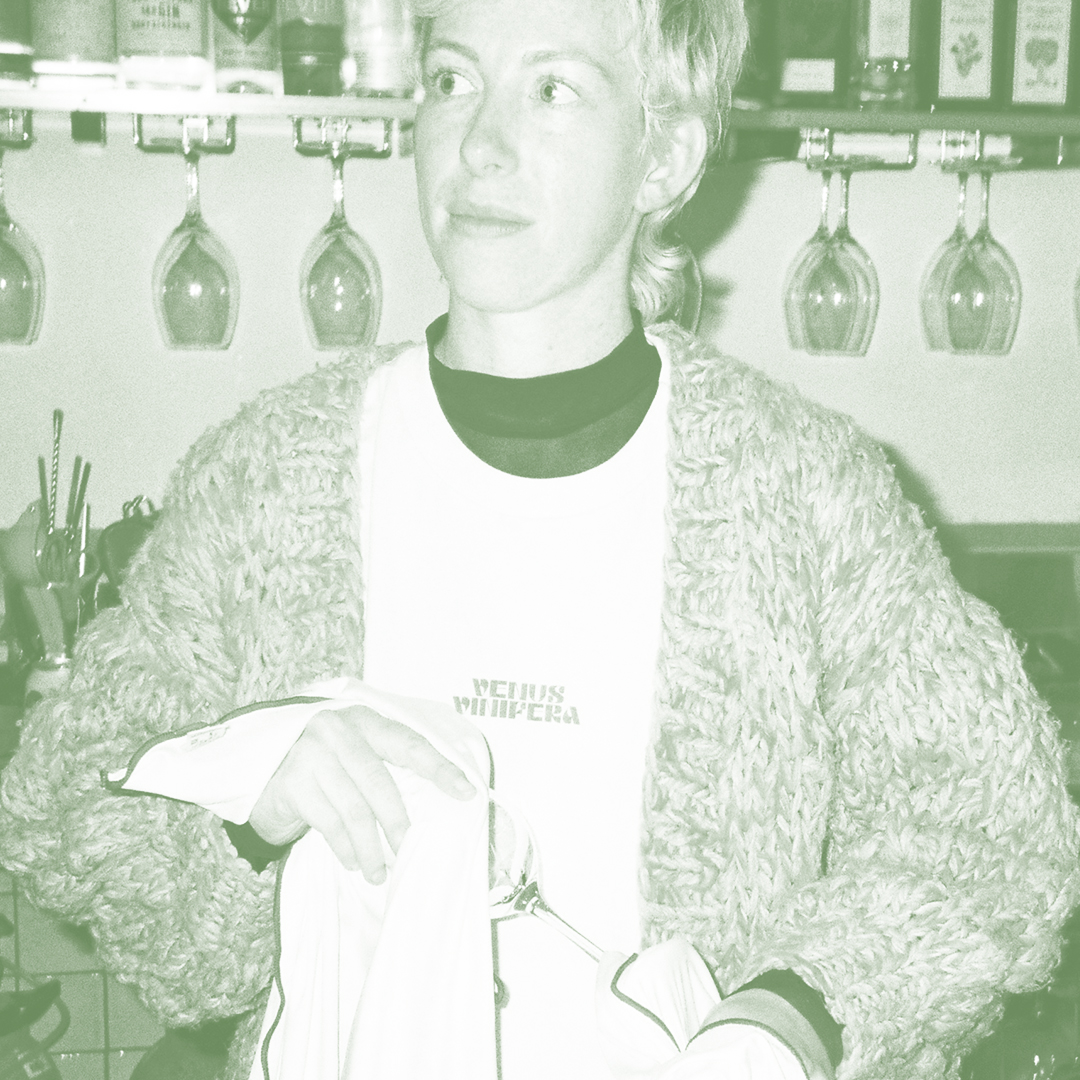With thanks to the UK settlement in Australia, Australians have been producing fortified
wines since soon after captain Cook arrived. The demand for fortified wines became so high
in Australia that cooler climate regions pulled out their vines in the first half of the 20 th
century as they could not compete.
Australian ‘sherry’ became the females’ drink in the 1900’s while the males drank beer.
Most of us would have an elderly relative who used to drink a glass or two (of more!) of
McWilliams Cream Sherry or something similar. This market has just about died off
(literally!). In the 1950’s fortified wine accounted for 86% of all wine production.
In the 1980’s and 1990’s with the growing interest in overseas wines and a new, dynamic
importer of Spanish wine the market for ‘real’ sherry began to grow, albeit from a very small
base (well under 10%)!
Around the same time, Australia’s winemaking regulations were changed to allow a lower
level of fortification. This is particularly important with flor-based sherries. At 18% abv, they
were unbalanced and hot. This regulation increased the quality overnight.
With the agreement to respect the European Union Geographical Indications, the naming of
Australian ‘sherry’ became a problem. After much market research, the name Apera was
decided on.





